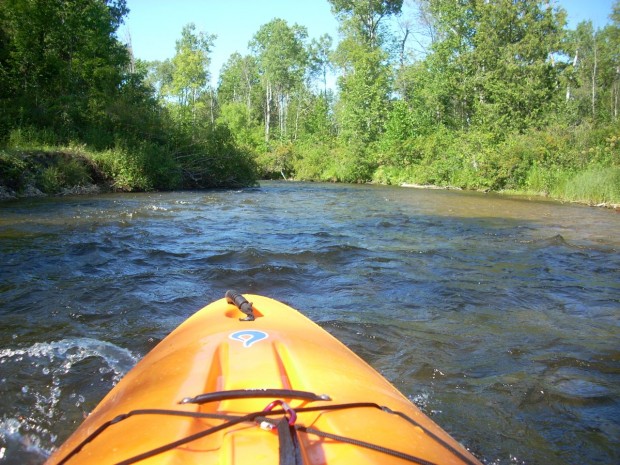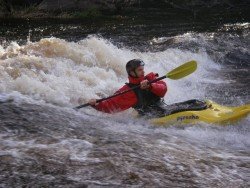
River Findhorn, Moray
Findhorn river will give you a perfect combination of extreme white water kayaking, as it is one of the most famous destinations, due to its massive drop gradient of 152 m/500 ft.
Home > WATER SPORTS > Kayaking > Sturgeon River, Cheboygan County
With an average drop of 14 ft (4.26 m), every mile of the Sturgeon River delivers unbeatable kayaking experience. A beautiful canopied river that starts out narrow, but with a strong current and good water level, averaging 3-4 ft/0.91–1.22 m and 6-8 ft/1.83–2.44 m at its deepest point, is full of tricky turns, leaning trees, logs and stumps and will definitely test your abilities. Though Sturgeon is not a whitewater river, you will find its clear water refreshing, as it is common to experience an unplanned dank!
As you maneuver through the Sturgeon River, the wildlife you see along the way or even one of the lovely river cottages of the northern Michigan forests will tempt you to stop paddling, sit back and let the current take you along. You have to keep in mind that you will find many natural obstacles that will challenge you and will require that you stay alert. Remember the water is too cold for unnecessary tip-overs.

Findhorn river will give you a perfect combination of extreme white water kayaking, as it is one of the most famous destinations, due to its massive drop gradient of 152 m/500 ft.
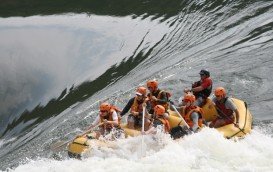
Zambezi River is the natural borderline between Zambia and Zimbabwe in the South part of Africa. Zambezi River is the ideal playground for white-water kayaking fans, among other water action sports.
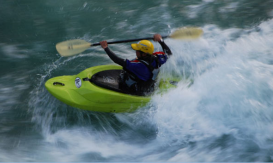
The Kali Gandaki River is the principal river system in Nepal and the main tributary river of the great Ganges in India. The river springs from the Nhubine Glacier in Mustang Himal in an altitude of 6268 m/20564 ft. The Gandaki River crosses the Nepali land from Tibet to India throughout the imposing peaks of Annapurna and Dhawalagiri massifs, creating some of the best conditions for white water kayaking worldwide.

Garda Lake and its environs, coupled with Monte Baldo area are well-known for the beauty and attraction of their canyons.
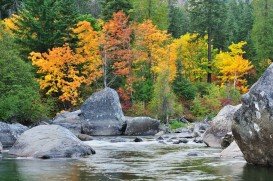
Wenatchee is the largest city of Chelan County, located in North Central Washington and lies on the west side of the Columbia River. The city is also known as the Apple Capital of the world, due to the valley's many apple cultivations.
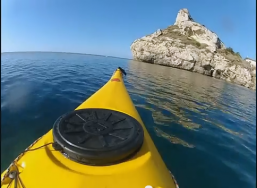
Sardinia island is very famous for the unique combination of crystal clear water with its particular emerald colors and a rocky mainland with steep cliffs, reaching the sea banks.

Lake Huron, the second largest of the Great Lakes and the third largest fresh water lake of the world, accommodates many shipwrecks. Large number of ships have sunk in the Straits of Mackinac, many of them not yet found. One of the shipwrecks that has been discovered is William Young.
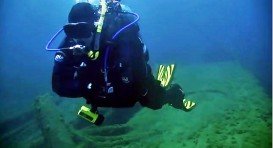
Lake Michigan’s basin is conjoining with that of Lake Huron to the east and having the same surface elevation, they are technically a single lake. The large size of the Lakes and the fact that they are prone to sudden and harsh storms, combined with the rocky shoals and shallows of Straits of Mackinac, increases the risk of water travel and has led hundreds of ships to their end.
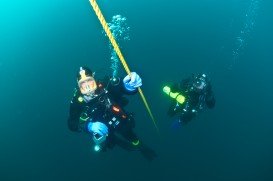
Lake Michigan is the second largest Great Lake by volume and the only one located entirely in the United States. The lake’s shoreline is more than 1600 mi/2575 km and the average depth is 195 ft/59.4 m. Lake Michigan and Lake Huron have the same surface elevation and are technically a single lake. They are actually connected by the Straits of Mackinac, where many ships have foundered due to heavy storms. The Straits of Mackinac Underwater Preserve, located at the northern edge of Lakes Michigan and Huron, tries to preserve Michigan’s shipwrecks for next generations. One of the shipwrecks found is Colonel Ellsworth.

Lake Michigan, the second largest of the Great Lakes of North America by volume and the third largest by surface area, is actually the only one located entirely within the United States. Over the years, a large number of ships have sunk in the Straits of Mackinac, due to sudden and harsh storms. The Straits of Mackinac Underwater Preserve accommodates more than thirteen shipwrecks. One of them is the Minneapolis wreck.

Saint Ignace, located in Michigan's Upper Peninsula, is the second-oldest city founded by Europeans in Michigan and the third oldest continuously inhabited city in the U.S. Inhabited by Native Americans, Europeans and rich in history, it is mostly known for its ferry service to Mackinac Island and as being the home to Straits State Park. Furthermore, the Huron Boardwalk, a number of waterfront parks, the virgin beaches and the St. Ignace – Trout Lake Trail make St. Ignace a great vacation destination for all.

Lake Michigan is one of the five Great Lakes, the only one placed entirely within the United States and the second largest Great Lake by volume. It has the same surface elevation as Lake Huron, making the two technically a single lake. The Straits of Mackinac connects Lake Michigan and Lake Huron. Over the years, many ships have sunk in the Straits. One of the shipwrecks lying in the Straits of Mackinac Underwater Preserves is St. Andrew.
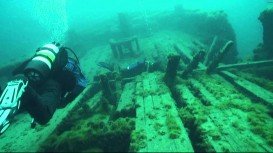
Lake Michigan is one of the five Great Lakes and the only one placed entirely within the United States. It has the same surface elevation as Lake Huron and it is the second largest of Great Lakes. The Straits of Mackinac join Lake Michigan with Lake Huron, sometimes called the Michigan-Huron. The Straits of Mackinac Underwater Preserve holds numerous shipwrecks, one of them being the Maitland.

Grand Traverse Bay is a 32 mi/ 51km long and a 10 mi/ 16 km wide bay, divided in two parts by the old Mission Peninsula. The Grand Traverse Bay Underwater Preserve, founded in 2005, holds the wrecks of many ships lost in the area the previous years.

